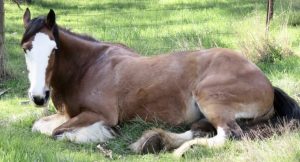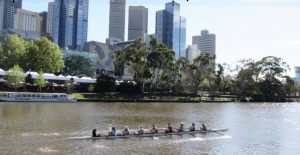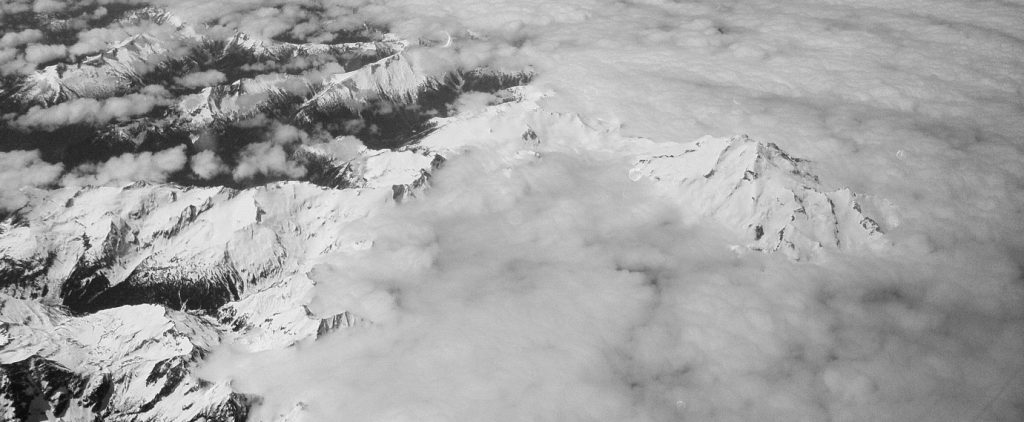
Flying over the snowcapped Rocky Mountains.
For years, a train ride through the Canadian Rockies has been on our bucket list. What reignited this interest was a comment from Diane, who we met at the Hermitage in Aoraki/Mount Cook, New Zealand, in 2014. As I gazed out the windows of the Old Mountaineers’ Cafe, Diane said, “Do you find these mountain peaks impressive?” I replied that I certainly did. She shot back with “Have you seen your Rockies?” I said I had but only certain sections of the range. “The Rockies, now they are impressive,” she informed me.
Diane’s comment revived our desire to see this entire majestic mountain range. We would start with the Canadian Rockies and eventually make our way south. The Rocky Mountains stretch from British Columbia and Alberta, Canada, through Idaho, Montana, Wyoming, Colorado, and into northern New Mexico in the United States—for a total of three thousand miles. I’ve seen a portion of the Colorado Rockies, and I’m quite familiar with the southernmost range, which is the Sangre de Cristo Mountains in New Mexico.
When we returned to the US after our Down Under trip, we began to map out plans for our Canadian rail tour, and the following May (2015) we flew from DFW to Vancouver, BC. On previous stays we booked bed and breakfasts throughout the city, but this time, curious about the Fairmont hotel chain, Dave decided to reserve a Fairmont whenever they were available.
We arrived in Vancouver late on a Friday afternoon, took a leisurely stroll along the wharf, and returned to the Fairmont Waterfront to dress for dinner at Miku Vancouver. We sat on the patio, a tad chilly, but the waitstaff immediately brought a blanket to drape over my legs, and I turned my attention to ordering sushi and hot sake.
After dinner, we took a tour of the Fairmont’s rooftop herb garden and watched the beekeepers tend to the hives, pleased to see Executive Chef Karan Suri’s sustainable creation. And while I am all in favor of minimizing our carbon footprint on the earth, the Fairmont’s sustainability program threw a small wrench into my “good night’s sleep.”
Around midnight, when we were sound asleep, our smoke detector blasted us awake. I went to the window and saw no lights on in the hotel, and the lights in our room weren’t operable. We called the front desk and they asked us if we had read the hotel notice left in our room. Bottom line, we never found a letter in our room stating that for conservation purposes, the electrical system would be shut off and only emergency lighting provided for the rest of the night. Neither one of us had a problem with this. We just wished we had been notified beforehand, such as at check-in. To add to the fitful night, we were dozing off again, after lying awake for three hours, when the electricity came back on and once again our smoke detector blared to life.
Bleary-eyed at 5:00 a.m., we packed to catch our taxi to the railway station. At checkout, the front desk manager apologized profusely for housekeeping not leaving the letter. We suggested that they tell their guests upon check-in rather than rely on a notice being left in the room. Having the smoke detector wake us from a sound sleep, twice, was certainly disruptive.
A bit surprised that the manager did not comp us in any way for a lousy night’s sleep, we hopped into a cab, only to discover that the driver had no idea where the rail station was located. While he was contacting dispatch, David dug out his cell phone and gave the cabbie directions.
“This isn’t starting out well,” I mumbled as I stood on the railway platform shivering in the blustery early morning, waiting for the train—the Rocky Mountaineer Whistler Sea to Sky Climb—to take us from Vancover to the resort town of Whistler. Our seats were at the very front of the train and on the upper deck, giving us a panoramic view of the vivid blue sky overhead and nothing but snowcapped mountains all around us.
Three hours later, we arrived in Whistler and boarded a bus to the Fairmont Chateau Whistler. Upon check-in, the front desk clerk informed us that management had upgraded our room to a luxury one-bedroom mountain-view suite and apologized for the previous night at the Fairmont Waterfront in Vancouver. He wished us a pleasant stay in Whistler, albeit a short one.
We unpacked and walked into town for a light lunch at Brew House and then spent the rest of the day wandering the shops. On the way back to our suite, we stopped at Marketplace Shopping Centre for wine and made a second stop at La Cantina for tacos. We ate on the small balcony off our room, watching the sun sink over the mountains and Whistler Village. By the way, the tacos were delicious.


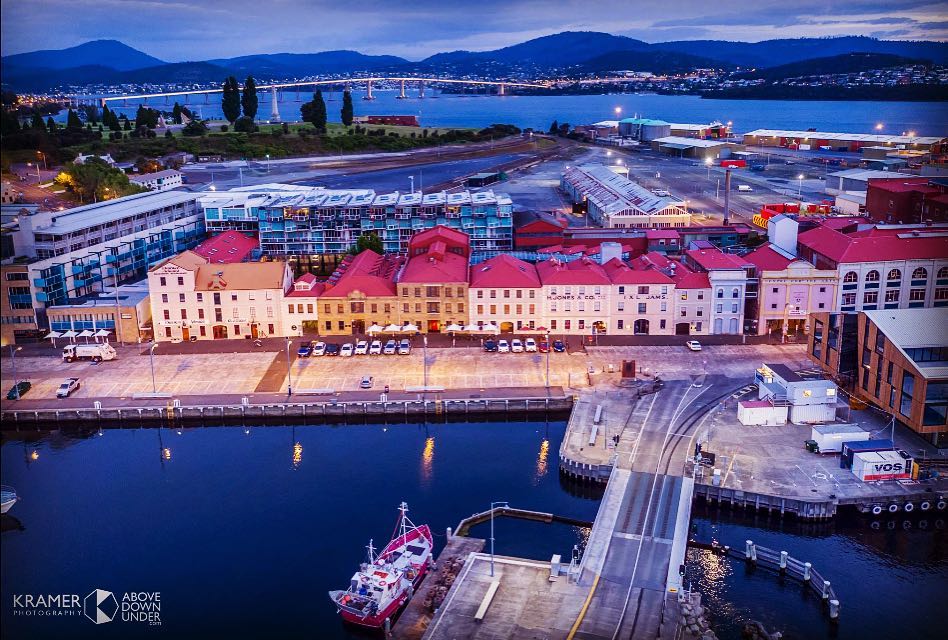
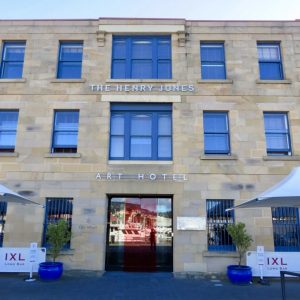
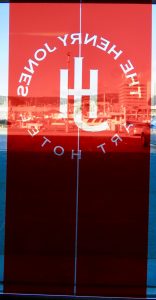
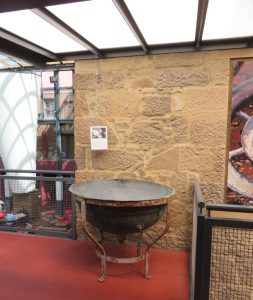
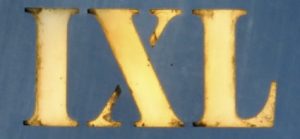
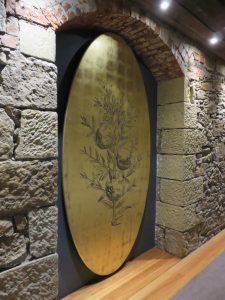
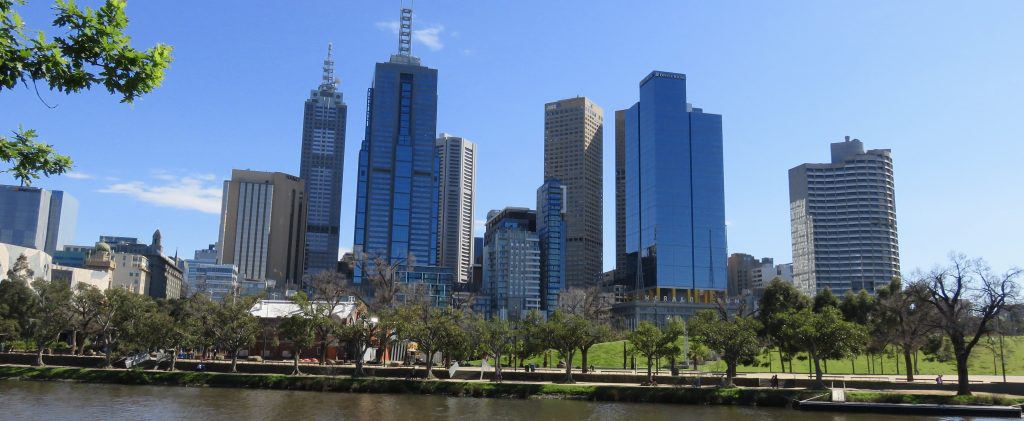
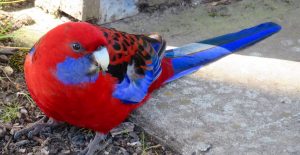 ”—the Victoria Hotel Woodend. The fare was pub food. We started our meal with homemade bread and three kinds of mayonnaise. I recall one of them being beet mayonnaise. Because mayo isn’t one of my favorite condiments, I skipped it and ate the bread. I recalled similar experiences in France and Spain when mayonnaise triumphed over mustard for our ham sandwiches and was also preferred over cocktail sauce for our shrimp cocktails.
”—the Victoria Hotel Woodend. The fare was pub food. We started our meal with homemade bread and three kinds of mayonnaise. I recall one of them being beet mayonnaise. Because mayo isn’t one of my favorite condiments, I skipped it and ate the bread. I recalled similar experiences in France and Spain when mayonnaise triumphed over mustard for our ham sandwiches and was also preferred over cocktail sauce for our shrimp cocktails.